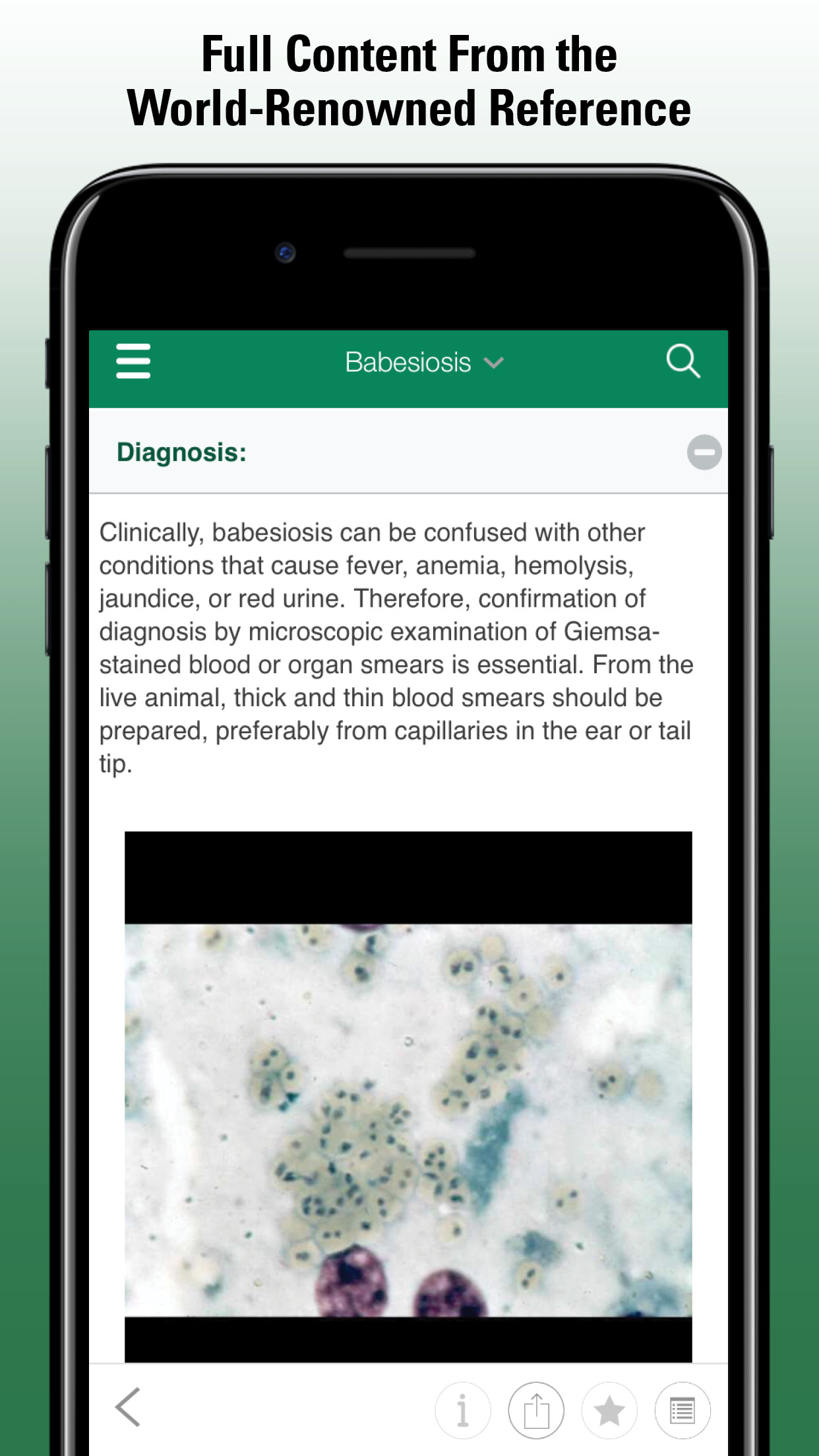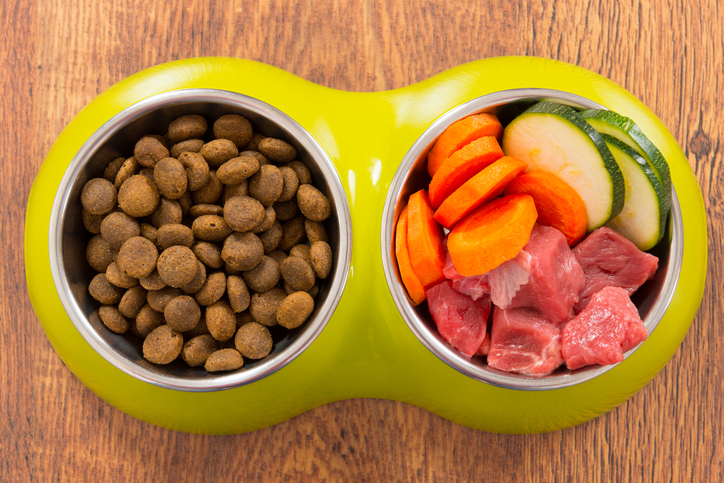Nitrofurans
- Antibacterial Agents
- β-Lactam Antibiotics
- Penicillins
- Cephalosporins and Cephamycins
- Aminoglycosides
- Quinolones, including Fluoroquinolones
- Sulfonamides and Sulfonamide Combinations
- Tetracyclines
- Phenicols
- Macrolides
- Streptogramins
- Lincosamides
- Polymyxins
- Bacitracins
- Glycopeptides
- Fosfomycin
- Novobiocin Sodium
- Tiamulin Fumarate
- Ionophores
- Rifamycins
- Nitrofurans
- Nitroimidazoles
- Hydroxyquinolines
Nitrofurans are synthetic chemotherapeutic agents with a broad antimicrobial spectrum; they are active against both gram-positive and gram-negative bacteria, including Salmonella and Giardia spp, trichomonads, amebae, and some coccidial species. However, when compared with other antimicrobial chemotherapeutic agents, their potency is not of particular note. The nitrofurans appear to inhibit a number of microbial enzyme systems, including those involved in carbohydrate metabolism, and they also block the initiation of translation. However, their basic mechanism of action has not yet been clarified. Their primary action is bacteriostatic, but at high doses they are also bactericidal. They are much more active in acidic environments (pH 5.5 is optimal for nitrofurantoin activity). Resistant mutants are rare, and clinical resistance emerges slowly. Among themselves, nitrofurans show complete cross-resistance, but there is no cross-resistance with any other antibacterial agents.
Because of very slight water solubility, the nitrofurans are used either PO or topically. No nitrofuran is effective systemically. They are either not absorbed at all from the GI tract or are so rapidly eliminated that they reach inhibitory concentrations only in the urine. Toxic signs seen with excessive doses of nitrofuran derivatives include CNS involvement (excitement, tremors, convulsions, peripheral neuritis), GI disturbances, poor weight gain, and depression of spermatogenesis. Various hypersensitivity reactions can also be seen. Some nitrofurans are carcinogenic, and their future use is in doubt.
Nitrofurans are among the drugs for which extra-label use is prohibited in food animals in the USA.
Nitrofurantoin
The mechanism of action of nitrofurantoin is unique. It is reduced by bacterial flavoproteins to reactive intermediates that inhibit bacterial ribosomes and other macromolecules. Protein synthesis, aerobic energy metabolism, DNA and RNA synthesis, and cell wall synthesis are inhibited. Nitrofurantoin is bactericidal in urine at therapeutic doses. Resistance is rare. Nitrofurantoin is used to treat urinary tract infections caused by susceptible bacteria, such as Escherichia coli, Staphylococcus aureus, Streptococcus pyogenes, and Aerobacter aerogenes. Proteus spp, Pseudomonas aeruginosa, and Streptococcus faecalis are usually resistant. After administration PO, nitrofurantoin is rapidly and completely absorbed (the macrocrystal form takes longer) and is swiftly eliminated by the kidneys, mainly by tubular secretion (~40% in the unchanged form). Serum concentrations are low, and little unbound drug is available for diffusion into the tissues. The plasma half-life is only ~20 min. Nitrofurantoin is concentrated in acid urine. When the pH reaches ~5, the drug becomes supersaturated without precipitation, and its antibacterial action is maximal. Nitrofurantoin can be administered PO or parenterally. The dosage for dogs and cats is 4.4 mg/kg, PO, tid for 4–10 days. Adverse effects are not common at usual dosages, but nausea, vomiting, and diarrhea can develop. CNS disorders have been seen, and polyneuropathy is a serious effect seen in people. Animals with decreased renal function have a predisposition for polyneuritis. Various manifestations of hypersensitivity reactions can be seen. Yellow discoloration of teeth occasionally has been reported in very young animals.
Nitrofurazone
Nitrofurazone is only slightly soluble in water but, in general, corresponds to nitrofurantoin in terms of its mechanism of action, antimicrobial spectrum, potency, and physicochemical characteristics. Its main indications include the treatment of bovine mastitis, bovine metritis, and wounds. However, pus, blood, and milk reduce the antibacterial activity. Nitrofurazone is also used as a feed additive (0.05%) to control intestinal bacterial and coccidial infections. The withdrawal time for nitrofurazone in pigs is 5 days.
Furazolidone
This is a nitrofuran with a wide range of antimicrobial activity that includes Clostridium, Salmonella, Shigella, Staphylococcus and Streptococcus spp, and E coli. It is also active against Eimeria and Histomonas spp. It is usually administered PO to treat intestinal infections but may also be applied topically. The usual oral dose of furazolidone in calves is 10–12 mg/kg, bid for 5–7 days. Caution should be exercised when treating small calves (eg, Jersey breed) to avoid excessive dose rates, lest neurotoxicity result; signs include head tremors, ataxia, visual impairment, and convulsions.
Miscellaneous Nitrofurans
- Antibacterial Agents
- β-Lactam Antibiotics
- Penicillins
- Cephalosporins and Cephamycins
- Aminoglycosides
- Quinolones, including Fluoroquinolones
- Sulfonamides and Sulfonamide Combinations
- Tetracyclines
- Phenicols
- Macrolides
- Streptogramins
- Lincosamides
- Polymyxins
- Bacitracins
- Glycopeptides
- Fosfomycin
- Novobiocin Sodium
- Tiamulin Fumarate
- Ionophores
- Rifamycins
- Nitrofurans
- Nitroimidazoles
- Hydroxyquinolines




